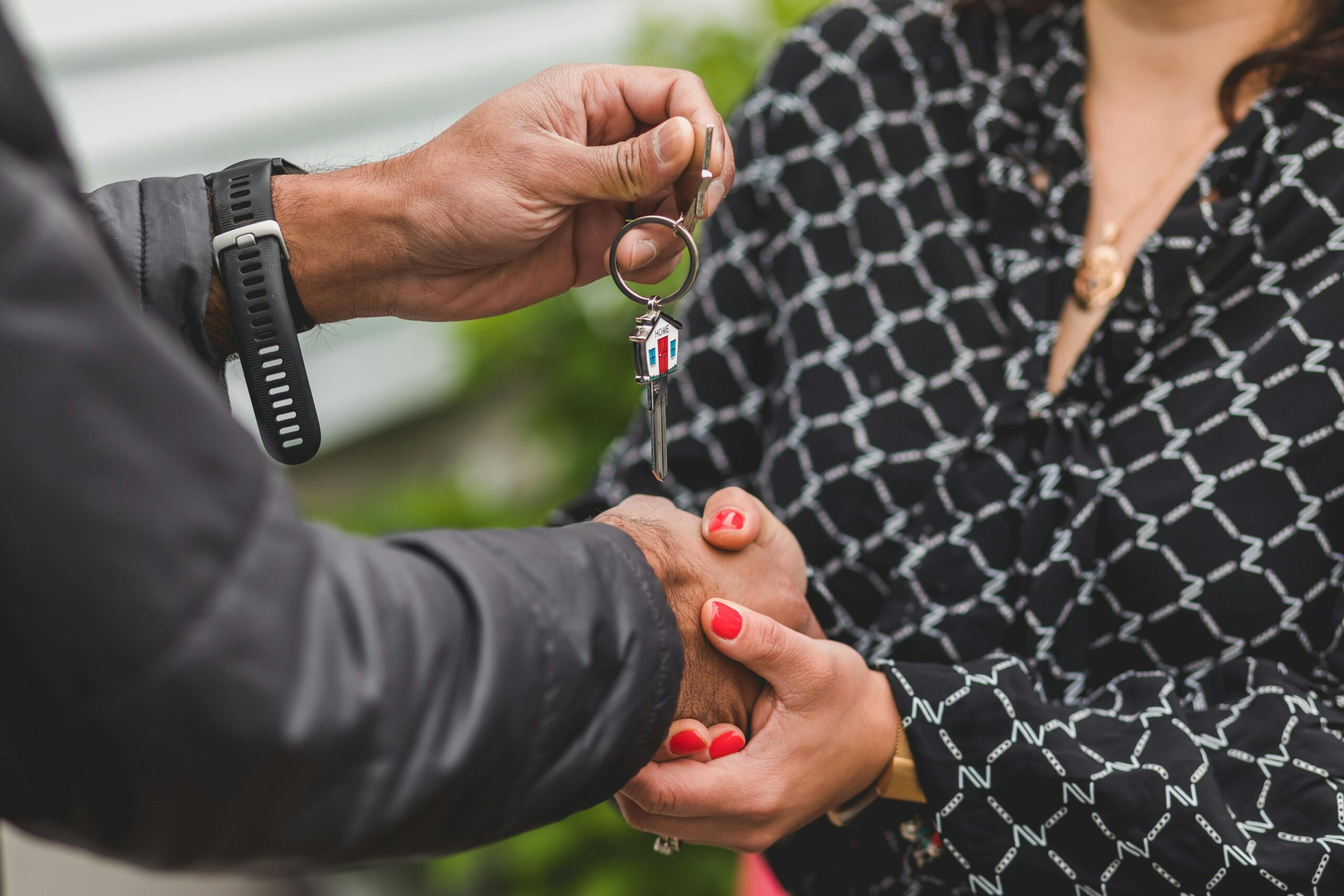Introduction
Smartwatches have evolved far beyond simple fitness trackers. Today, they incorporate advanced health monitoring and emergency response features that can—and do—save lives. From detecting irregular heart rhythms to automatically calling for help after a fall, modern smartwatches are becoming essential safety devices.
In this article, we’ll explore:
- The life-saving features in the latest smartwatches
- Real-world cases where wearables made a critical difference
- How new models from Apple, Samsung, Garmin, and others are pushing boundaries
- What the future holds for health-focused wearables
1. Key Life-Saving Features in Modern Smartwatches
A. Heart Rate Monitoring & AFib Detection
Many smartwatches now include electrocardiogram (ECG) and blood oxygen (SpO2) sensors, which can detect:
- Atrial fibrillation (AFib) – A leading cause of strokes
- Bradycardia/Tachycardia – Abnormally slow or fast heart rates
- Blood oxygen drops – Early warning for sleep apnea or respiratory issues
Example: The Apple Watch Series 9 and Samsung Galaxy Watch 6 can notify users of irregular heart rhythms, prompting them to seek medical help.
B. Fall Detection & Emergency SOS
Designed for seniors and high-risk users, fall detection uses accelerometers and AI to sense hard impacts. If the wearer doesn’t respond, the watch can:
- Automatically call emergency services
- Send location data to pre-selected contacts
Real-Life Case: Multiple reports confirm Apple Watch’s fall detection has saved lives, including hikers who fell unconscious.
C. Crash Detection (For Drivers & Cyclists)
Newer models like the Apple Watch Ultra 2 and Garmin Epix Pro use motion sensors and algorithms to detect car or bike crashes, triggering emergency alerts.
D. Temperature & Stress Tracking
Some watches now measure skin temperature (helpful for detecting fevers) and stress levels (via heart rate variability). The Fitbit Sense 2 uses this data to recommend breathing exercises.
E. Blood Pressure & Glucose Monitoring (Coming Soon)
While not yet FDA-approved, companies like Samsung and Apple are developing non-invasive blood pressure and glucose monitoring, which could revolutionize diabetes and hypertension management.
2. Real-World Cases Where Smartwatches Saved Lives
- Heart Attack Detection: A 67-year-old man’s Apple Watch alerted him to AFib, leading to early intervention.
- Car Crash Rescue: A driver was unconscious after an accident, but his Apple Watch automatically called 911.
- Diabetic Emergency: Future glucose-monitoring watches could prevent diabetic comas by alerting users to dangerous blood sugar drops.
3. The Best Life-Saving Smartwatches in 2024
| Model | Key Features | Best For |
|---|---|---|
| Apple Watch Series 9 | ECG, AFib alerts, Fall Detection, Crash Detection | General health & safety |
| Samsung Galaxy Watch 6 | Blood pressure, ECG, Sleep apnea detection | Heart health monitoring |
| Garmin Venu 3 | Advanced HR tracking, Emergency assistance button | Athletes & outdoor adventurers |
| Fitbit Sense 2 | Stress tracking, Skin temperature, SpO2 monitoring | Holistic wellness |
| Apple Watch Ultra 2 | Crash Detection, Depth gauge, SOS satellite (in remote areas) | Extreme sports & hiking |
